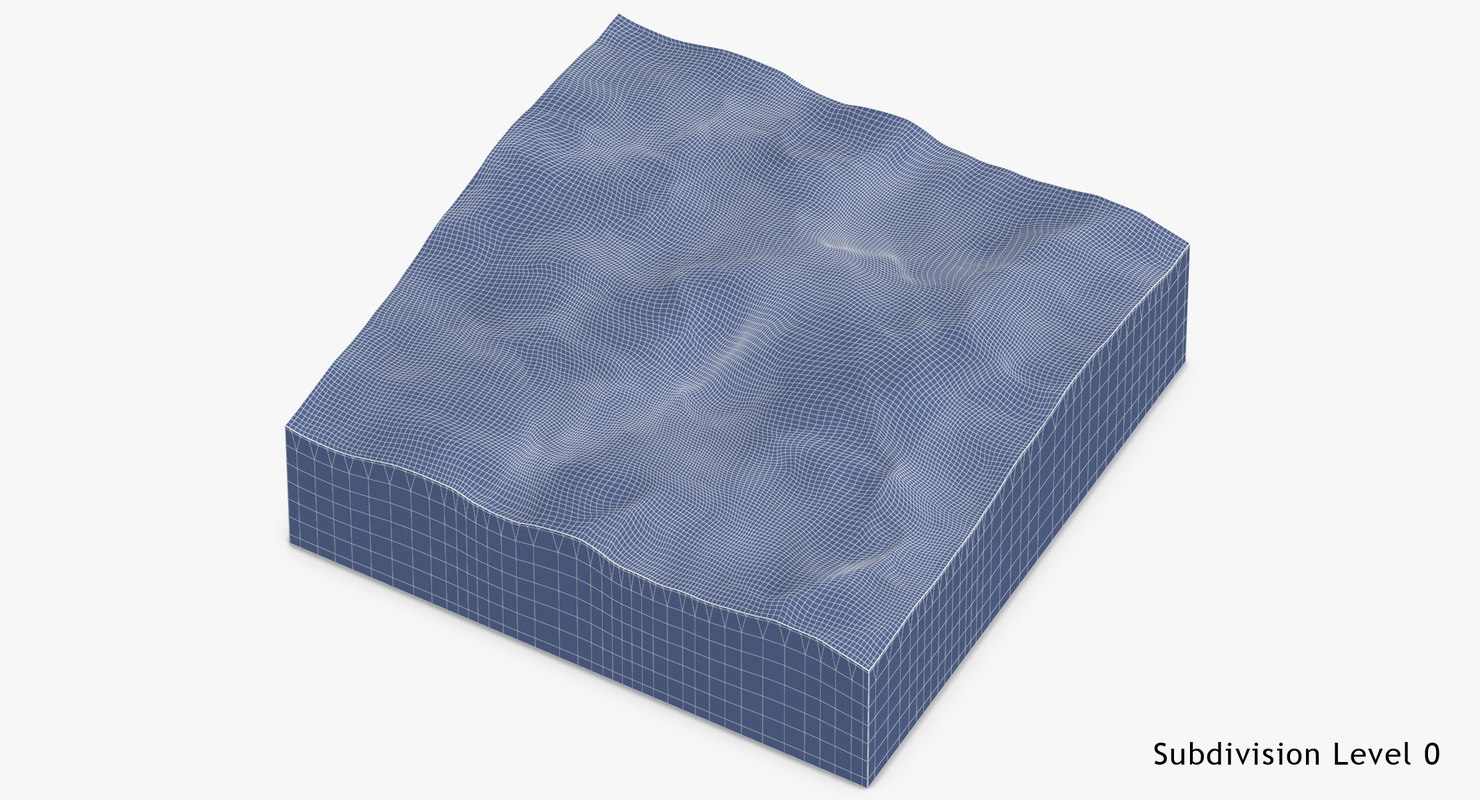

The yacht Reliance, American defender of the 1903 America's Cup, was the first racing boat to be fitted with modern winches below decks, in an era when her competitors relied on pulley systems ( block and tackle).One of the most dramatic features in the Wysession et. By the 4th century BC, winch and pulley hoists were regarded by Aristotle as common for architectural use ( Mech. Winches may have been employed even earlier in Assyria. The earliest literary reference to a winch can be found in the account of Herodotus of Halicarnassus on the Persian Wars ( Histories 7.36), where he describes how wooden winches were used to tighten the cables for a pontoon bridge across the Hellespont in 480 B.C. In the oil and gas, construction, and maritime industries, air winches are frequently preferred to electric, diesel, and hydraulic winches because of their durability, versatility, and safety. It is commonly used for the lifting and the suspension of materials. Air WinchĪn air winch, sometimes known as an air hoist or air tugger, is an air-powered version of a winch. The cable is released at a height of about 400 to 700 metres (1,300 to 2,200 ft) after a short, steep climb. The winch pulls in a 1,000 to 1,600-metre (3,000 to 5,500 ft) cable, made of high-tensile steel wire or a synthetic fibre, attached to the glider. The engine is usually a large Petrol, LPG or diesel, though hydraulic fluid engines and electrical motors are also used. This method is widely used at European gliding clubs, as a cheaper alternative to aerotowing. Gliders are often launched using a winch mounted on a trailer or heavy vehicle. These winches have been modified for use by skiers and snowboarders in cities.

The winch may be mounted on the trailer hitch of a vehicle, set into the ground by stakes, or tied to a tree. When the winch is engaged, it pulls the boarder usually between 15 to 25 miles per hour (24 to 40 km/h). The person being towed walks (or swims) away from the winch and pulls out all of the rope. The winch consists of an engine, spool, rope, handle, frame, and some sort of simple transmission. Wakeskate winching is a growing hobby for many watersports enthusiasts. They are used on small sailing boats and dinghies to control sheets and other lines, and in larger applications to supplement and relieve tension on the primary winch mechanisms. They also allow controlled release of the tension by the operator using the friction of the line around the ratcheted spool. The line is wrapped around the spool and can be tightened and reeled in by pulling the tail line, the winch takes the load once the pull is stopped with little operator tension needed to hold it. This is a vertical spool with a ratchet mechanism similar to a conventional winch, but with no crank handle or other form of drive. Brand names include Tirfor ™ and Griphoist ™. Powered by moving a handle back and forth, they allow one person to move objects several tons in weight. Lever winches are winches that use self-gripping jaws instead of spools to move rope or wire through the winch. This new generation of winches is designed to pull riders swiftly across a body of water or snow, simulating a riding experience that is normally supplied by a boat, wave runner, or snow mobile. wakeboarding, wakeskating, snowboarding, etc.). Winches have recently been fabricated specifically for water and snow sports (e.g. They are often embedded in the stage floor and used to move large set pieces on and off.

Winches are frequently used as elements of backstage mechanics to move scenery in large theatrical productions. These are known as "self-tailing" winches. Some winches have a "stripper" or cleat to maintain tension. When trimming a line on a sailboat, the crew member turns the winch handle with one hand, while tailing (pulling on the loose tail end) with the other to maintain tension on the turns.


 0 kommentar(er)
0 kommentar(er)
